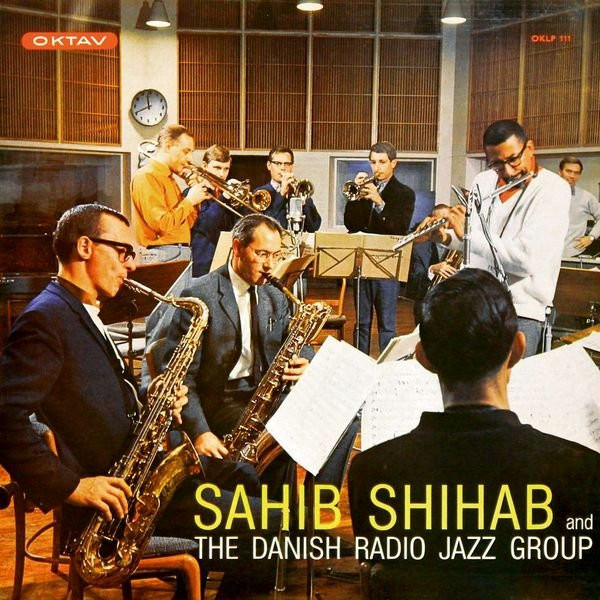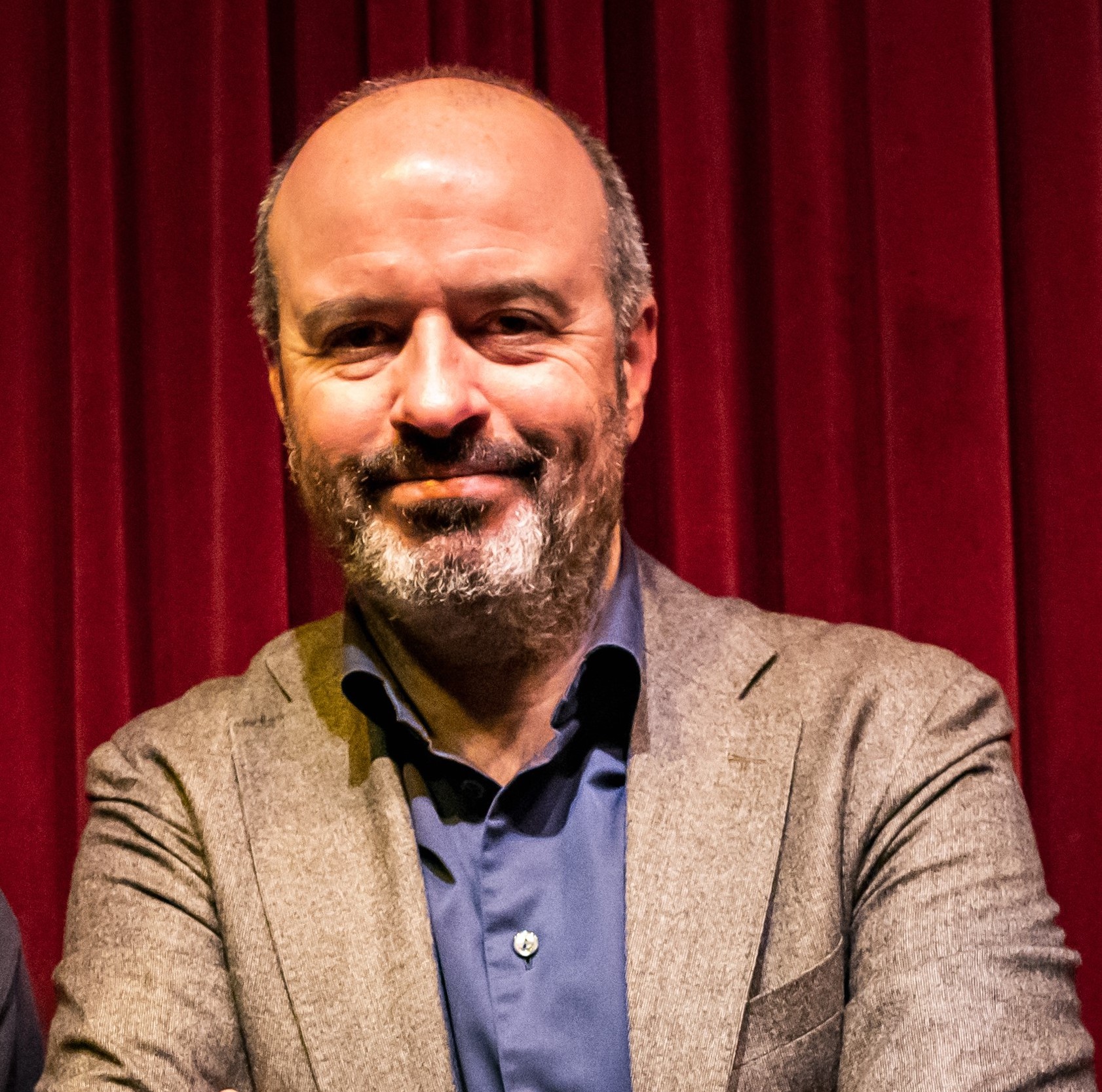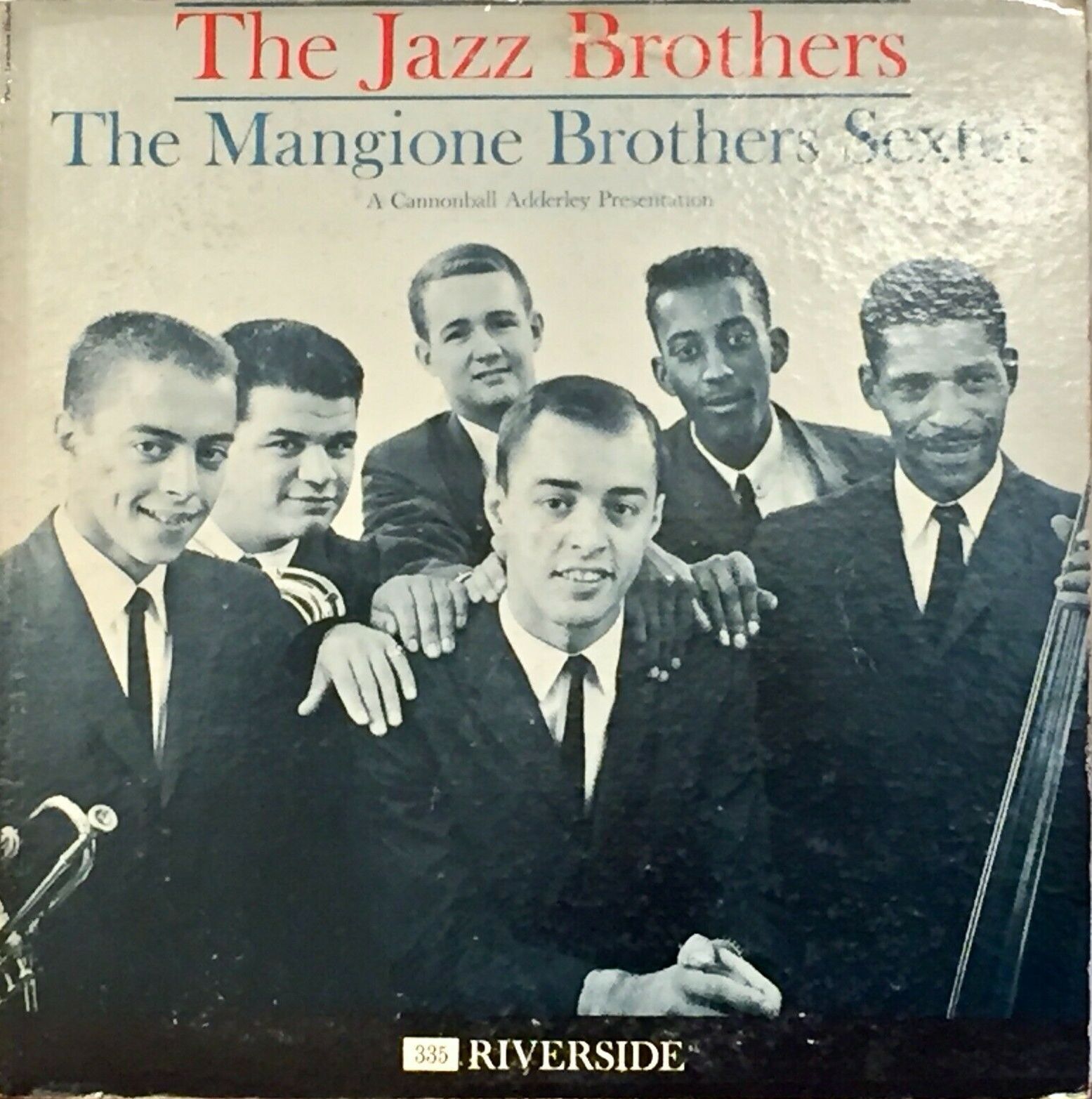NEW RELEASE – DUTCH HOBBY ORCHESTRA
The times they were-a-changin’ and weren’t in favor of the mainstream Hobby Orchestra. The recordings of this excellent Dutch orchestra seemed lost forever until they were retrieved by the indomitable Dutch Jazz Archive. Our Time is their lasting achievement.
Personnel
Frans Mijts, Jaap Leben, Eddy Engels John Bannet & Fons Diercks (trumpet), Cees Smal (trombone, valve trombone), Rudy Bosch, Bertil Peereboom Voller (trombone), Erik van Lier (bass trombone), Herman Schoonderwalt & Tony Vos (alto saxophone, clarinet), Piet Noordijk (alto saxophone), Sander Sprong & Ferdinand Povel (tenor saxophone), Joop Mastenbroek (tenor saxophone, baritone saxophone), Frans Elsen (piano), Joop Scholten (guitar), Rob Langereis (bass), Evert Overweg (drums)
Recorded
in 1967-68 at Soundpush Studio, Blaricum and VARA Studio, Hilversum
Released
as NJA 2301 in 2023
Track listing
Bright Moment
In Some Way
Perka
Our Time
Akim
Twenty-Four And More
Ballad For Ed
The Challenger
I Didn’t Know What Time It Was
Last Moment
Bluesy Joe
No Tricks
Sweet And Lovely
Hobby Music
Now that the stark-naked roller-skater, who wore nothing except a string, summer, winter, day or night, has passed away, Amsterdam has to make do with the remaining eccentric sights of flesh and blood. Coincidentally, I saw one of those attractions last week. This guy with a guitar on his back, who always approaches everybody with harmless but unsolicited and mildly annoying love and peace slogans, stopped at the same red light and approached me with increasingly bewildering flower power gibberish. A clear case of burned-out hippie-hood.
As time goes by, this species becomes rare and ultimately extinct, like the dodo. 1967 is a long time ago. The place was crawling with hippies. Rebellion was in the air. Robert Jasper Grootveld organized socially critical happenings in the mid-sixties. The anarchic Provo movement joined forces in 1966. In the wake of American and French academy riots, students occupied the university office Maagdenhuis in Amsterdam in 1969. The Byrds, Pink Floyd, Santana and Jefferson Airplane played at the Dutch equivalent of Woodstock, the Kralingen festival, in Rotterdam in 1970.
Although we have to be careful to carve definitions of the sixties in stone on the strength of a few symbols and admit that other factors have been at play, notably a diplomatic but evident willingness to meet progressive wishes from the establishment, as the Holland-based professor James Kennedy has pointed out convincingly in his standard work Nieuw Babylon In Aanbouw from 1995, something, admittedly, was definitely brewing. Most of the time, the brewing came in the guise of a capsule of LSD that was dropped in a glass of lemonade. The recipient proceeded to be far out baby, look through a glass onion and experience a vision that involved getting rich from the future invention of a beverage called Gatorade.
As usual, jazz was in a flux. Guiding light John Coltrane had passed away in 1967, there was a steady stream of avant-garde jazz and rock jazz was on the rise. Bitches Brew by Miles Davis was the game-changer of 1970. Times were rough for straightforward jazz artists. In The Netherlands, much to the chagrin of those artists, most critics favored free jazz over mainstream jazz, the start of a schism between tradition and impro that lasted for decades.
Acclaimed musicians like Piet Noordijk, Herman Schoonderwalt, Tony Vos, Cees Kranenburg, Ack van Rooyen, Erik van Lier and Ado Broodboom took all the work they could get in various orchestras while trying to succeed in small real jazz ensembles or working abroad. Altoist Piet Noordijk had made his mark with the Misja Mengelberg Quartet, trumpeter and valve trombonist Cees Smal was part of the pioneering hard bop outfit The Diamond Five. Both filled the ranks of the Boy Edgar Big Band, led by the charismatic and legendary chaotic bandleader/doctor Boy Edgar.
Musicians had grown dissatisfied with the course that the Boy Edgar Big Band had taken since the avant-leaning Theo Loevendie had been at the helm. Besides, they had a strong desire to swing their thing after the gruelling schedules at the studio were fulfilled. A hardcore big band was founded from those ranks when trumpeter Frans Mijts had gotten the opportunity to manage the newfound state-of-the-art Soundpush studio in Blaricum in the summer of 1966. On good terms with Schoonderwalt, Smal and pianist Frans Elsen (not a member of Edgar’s band), who all had expressed a desire to start an orchestra, Mijts invited their band to rehearse at Soundpush and played lead trumpet himself.
The orchestra rehearsed relentlessly at night and developed into a tight-knit unit under the arranging leadership of Elsen, Rob Madna, Smal and, finally, Rogier van Otterloo. It only performed live a few times and a record deal that was discussed with the German MPS label unfortunately failed to materialize. The Hobby Orkest (at first the orchestra was nameless but after a headline in a magazine article talked about a so-called ‘hobby orchestra’ because the musicians were playing purely for their own pleasure, it became known under this monicker) supported Hank Mobley in 1967, the sole big band recording of the famed tenor player, which is featured on the Dutch Jazz Archive release Hank In Holland.
Besides top-notch performers, Elsen, Smal and Schoonderwalt were excellent tunesmiths. Their best songs are Elsen’s sweeping melody Bright Moment and Schoonderwalt’s modal-tinged burner Perka while Rogier van Otterloo provided the cinematic Hobby Music and In Some Way, all dynamic arrangements and the latter benefiting from a flexible and rousing solo by Schoonderwalt. All tunes feature fine solos, not least the lovely Ballad For Ed, which highlights the beautiful, quicksilver and forthright trumpet stylings of Eddy Engels. Throughout, upcoming tenor player Ferdinand Povel convincingly speaks his piece and Frans Elsen is about the hippest of bop and modern jazz pianists around at that time.
While funk jazz and slow blues is not this band’s forte, the orchestra turns standard Sweet And Lovely into a multi-layered tour de force. It’s a great arrangement that slyly makes use of a change of rhythm, pace and volume and a fully engaging eleven minutes that inspires these gentlemen to blow like soldiers that dart through the inner-city streets on weekend leave. Modernized Basie swing comes in the form of Twenty-Four And More, performed before a live audience in the studio in 1968, a clearly inspiring atmosphere, not least to the legendary Piet Noordijk, who makes the roaring most of his minute or so in the spotlight.
For various reasons, the band fell apart in 1970. A short-lived reunion took place between the tail ends of 1973 and 1974. World affairs like the Watergate scandal took the spotlight, Johan Cruijff and the Dutch soccer team wrote sports history with ‘total football’. In jazzland, it so happened that the tapes of these recordings were either erased or consisting of unfinished pieces. Thanks to the Dutch Jazz Archive and the Frans Mijts Estate, at least we can enjoy a major chapter in Dutch and European big band history of the sixties.
The Dutch Hobby Orchestra
Find Our Time here.
Check out wonderful footage from the band on YouTube here. Put up four years ago by DJA producer Frank Jochemsen, you’ll hear Schoonderwalt, Smal and Elsen explain (in Dutch) their motivations and see them perform Bright Moments featuring tenor saxophonist Ferdinand Povel.












